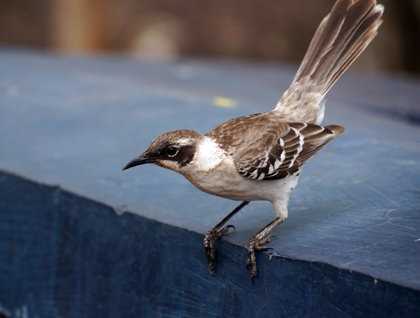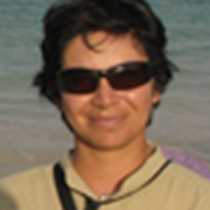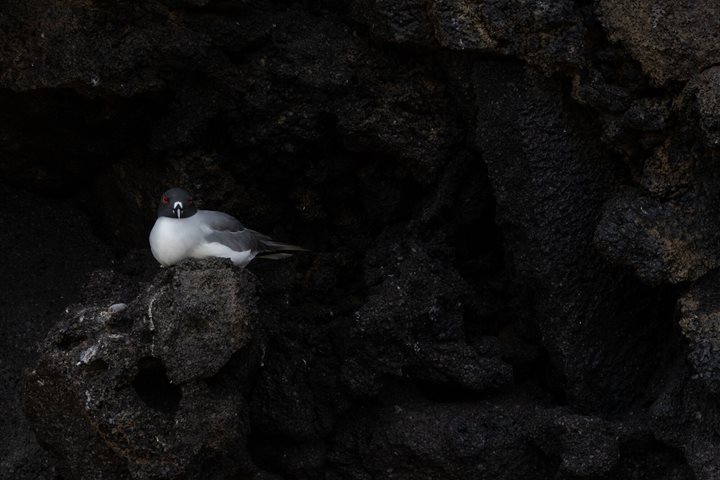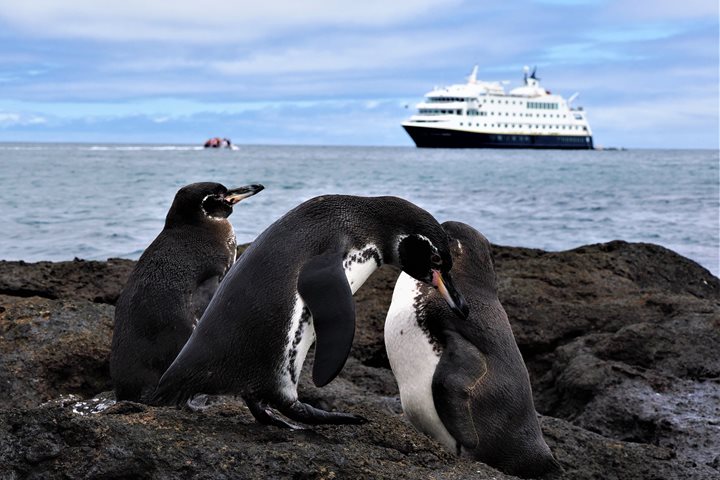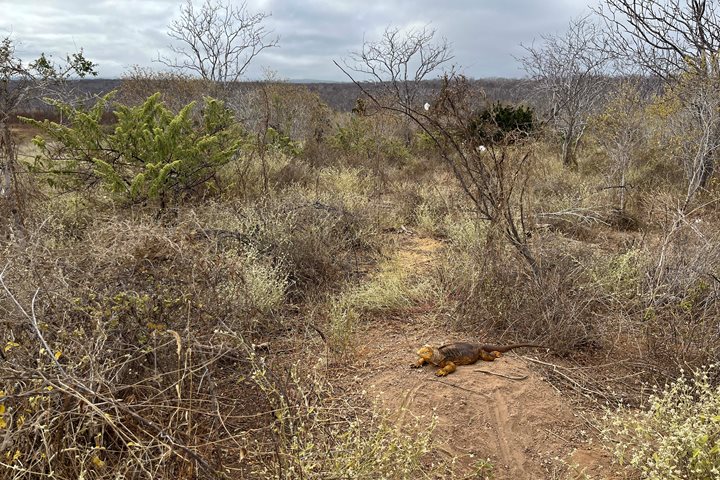Early this morning, we arrived to Santa Cruz Island, which is the second largest island in Galapagos and is also the home for the main headquarters of the Charles Darwin Research Station. After breakfast, we drove a few minutes to the entrance of the Galapagos National Park and we walked towards the giant tortoises’ breeding center, where we were able to observe the great work done here to save Galapagos giant tortoises from extinction. The different corrals that house the tortoises have been specially developed with all the right conditions necessary for breeding these animals in captivity. We also observed some Galapagos land iguanas that are kept in captivity here, but the National Park has a different breeding project carried out in semi-captivity on an islet near Santa Cruz Island for this species of reptile.
After our visit to the station, we walked into town and had a chance to go shopping, and to experience the way the locals live here. At the end of the morning, we got onto local buses and our guests split up into two groups. One group went to a local school where kids are in direct contact with nature, while the other group went biking to a small farm, where we got to see the production of coffee, and also the way sugar cane juice is processed in to alcohol, and brown sugar.
After our visits, we stopped at a local restaurant, where we enjoyed a delicious lunch, before heading out to the Galapagos giant tortoise reserve, for a chance to see these enormous creatures in the wild. This afternoon we saw many tortoises during our walk through the reserve. We even observed a fast and very persistent male tortoise following a female, and later on we found him mating with that same female. This region on the highlands offers abundant vegetation for the tortoises, and as the warm season is just beginning, so is their mating season.

